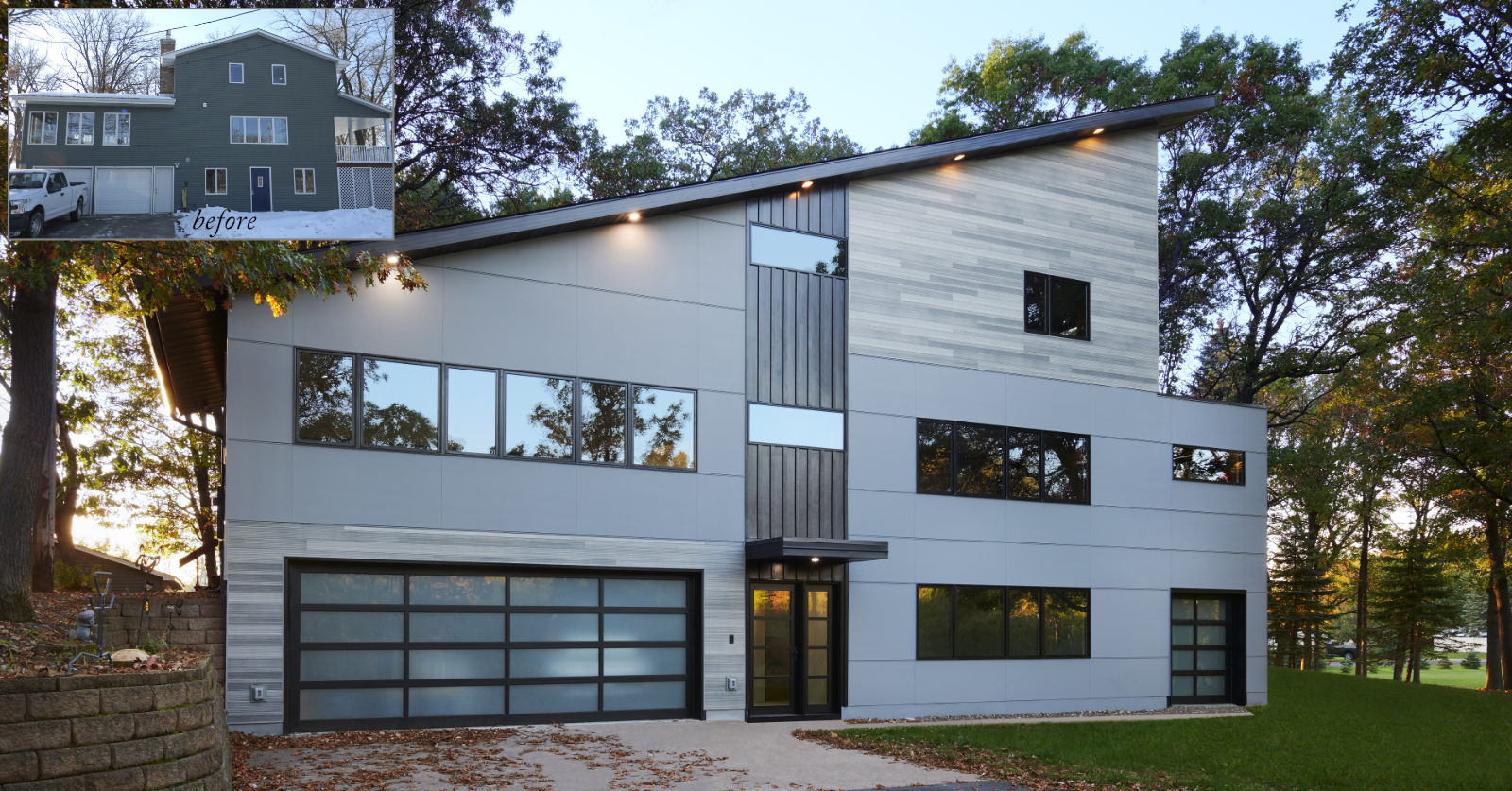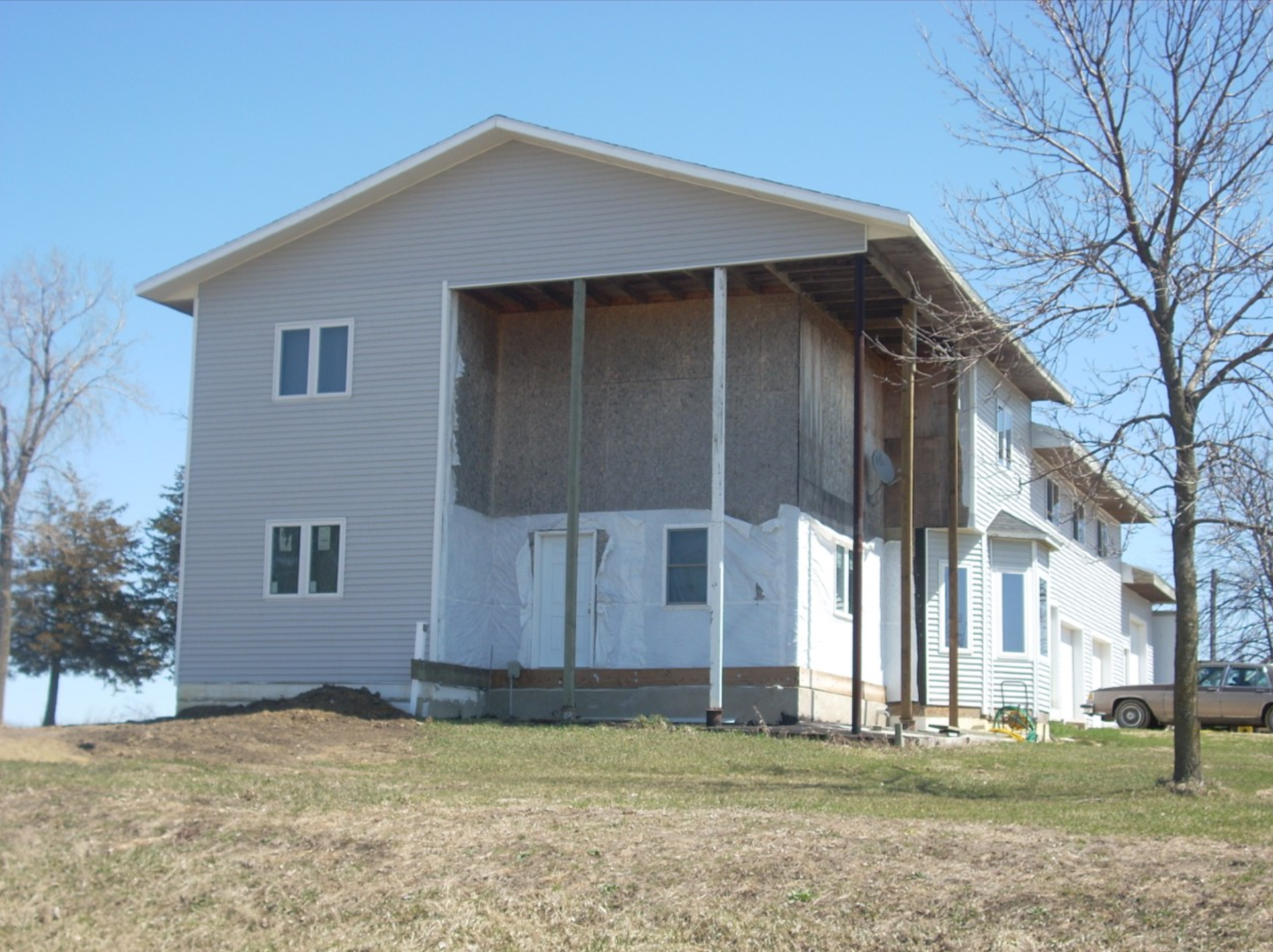How to Avoid Renovation Mistakes

Starting a home renovation project can be overwhelming. Your home is the one of the most important investments you will ever make. The wrong decisions can affect your home’s value and your family’s quality of life. At Chris Doehrmann Architect inc. we have over 30 years of experience helping people make their dreams for home come true. We have had the opportunity to guide people around potential hazards, and also help them overcome the aftermath of the most common renovation mistakes. Today we are going to walk you through the 4 most common mistakes we see in home addition and renovation projects, and help you to avoid them in your project, saving you time, money, stress, and regret.
Before we jump into the most common renovation mistakes, let’s consider what the ideal renovation should achieve for a homeowner. A renovation should 1) add to the homeowner’s quality of life. If the renovation doesn’t make your life better, it isn’t worth doing. 2) It should add to the value of your home. When you are investing time and money into a renovation, you should make sure that investment is reflected in the value of the home. 3) A winning renovation is achievable for the homeowners. If the cost of your renovation is beyond your means to afford, it is not the renovation for you. Understanding your budget is an important factor in succeeding in your renovation. If your renovation does these 3 things, we consider it a success for the homeowner. Now that we know what a successful renovation is, lets jump into the most common renovation mistakes we see in the industry.

The Underachieving Renovation
While the description of this mistake is fairly simple the underlying causes and their solutions are far more complex. You could spend tens of thousands to hundreds of thousands of dollars on your renovation, only to complete your project without having achieved your goals. Not all of us have experienced this mistake firsthand but I’m sure many of us have walked past a recently renovated house and thought, “why would they do that?” Why would they spend all that time and money for a poorly designed renovation?
The answer to this question is simple. If you design the renovation yourself, leave it up to the contractor, or hire the wrong design professional, that can end up causing the renovation to fail to achieve what it set out to do in the first place. You end up with a design that is not efficient in time, budget, space, or function and can fall short. The best thing that you can do to avoid this mistake is to make sure that you choose the right design professional for your project. We go into more detail into hiring the right design professional in our renovation guide here. If you choose the right design professional for your project, you should be able to avoid the renovation mistake of having an underachieving renovation.

Start Your Dream Home Today!

Contact us today to talk to Chris about how he can help you get started on your new home, addition, or renovation and help make your dreams for home come true.

Unrealistic Expectations
If you work with a design professional, and come up with a design you love the next step is to shop that design to different contractors. If you get the bids back and can’t believe how high they are, you may have unrealistic expectations for your project. So how do you avoid this mistake? There are several steps you can take throughout your project, to ensure that you aren’t surprised when you are done with your design and look for bids from contractors.
- Estimate Construction Costs: Using typical cost per square foot for construction in your area you can calculate ahead of time what your project may cost for your finish level. See how we estimate in more detail here.
- Estimate Improved Value: Next you can have a realtor estimate what your home’s value would be after your home addition and remodeling project to see how much you should spend. You can also ask a realtor to show you houses that are for sale that have everything you would want in them and then choose between continuing with the renovation project or moving.
- Adjust Your Design: Once you have a realistic idea of per square foot construction costs for your type of project you can move ahead with the design process. This gives you and your architect the opportunity to cut back on the project scope or level of finish if the estimated costs are outside your budget. See how we evaluate these decisions in the full guide here.
Undoing Previous Renovations
If you avoid an underachieving renovation and have realistic expectations for your project, then next mistake you will have to watch out for is undoing previous renovations. We often see people take a phased approach to a project in order to accommodate current budget. Phased approaches can be successful; however, you can run into issues when, in order to continue onto later phases of the project, you need to undo work done in a previous phase. We have had homeowners come to us who had room in their yard for an addition, so they moved forward with it, but they realized later that they had no way to access the addition from their current home. In order to integrate the addition into their current home they would have to undo a lot of their previous work. If you want to take advantage of a phased approach for your project, make sure your plan the entirety of the project, so that you don’t spend your budget undoing, and redoing things that wouldn’t be necessary otherwise. Talk to your architect about your long term goals to make sure this mistake doesn’t appear in the future of your project.


Choosing the Wrong Contractor
The fourth common mistake homeowners make is choosing the wrong contractor. Like selecting an architect, picking the right contractor is crucial for a successful renovation. Many have heard horror stories about poorly done renovations due to an incompetent contractor. How often have you heard of a homeowner hiring a second contractor to fix the first one’s mistakes? Some clients have even had contractors disappear for weeks, only to return asking for a loan to finish the job. Sometimes they return with sob stories about how another client hasn’t paid, so they used your funds to cover that project. Never lend a contractor money—it’s illegal for them to use funds from one project to cover another, and if they’re willing to do that, what else might they do?
There are several things you should look for in a contractor in order to ensure you select one who will do right by your project. Firstly, make sure they have the proper qualifications. Are they a part of the local builders association? Look them up on the Better Business Bureau or the Department of Commerce for additional reassurance. Secondly, you will want to make sure your contractor has the right experience for your project. Make sure they have worked on projects like yours with similar budgets and similar outcomes in the past. Confirm that they have completed projects like yours in the timeline that you are looking for. Thirdly, check the contractors references. Ask for contact information for previous clients and ask the clients a variety of questions about how those projects went. For a list of detailed questions you may want to ask a contractor’s past clients, check out our Contractor Selection Guide.
And finally, make sure your contractor has experience working with architects. You want to be confident that your contractor has no problem building your project as you and your architect have designed. If you mention you have a design from your architect and the contractor starts to grumble, it would be good to figure out why. There are three main reasons that a contractor may not like working with an architect. The first two are understandable complaints that some architects design structurally unbuildable designs or put so much detail in the design that it leaves no breathing room in the project for human builders. Architects should not be telling contractors for example, how many screws to use to secure a piece of OSB. That level of detail, does not give any benefit to the homeowner, and creates wasteful overhead and delay for the contractor. These two complaints have not been leveled at us in the past. The third reason a contractor might complain about an architect, is because the architect works as an advocate for the homeowner in ensuring the design is properly executed by the contractor.

We had one client who selected a very reputable builder, and this homeowner received a change order for operable windows. The owner called Chris and was a bit confused, as was Chris. Chris called the builder and asked if he based his bid on the drawings. Turns out he had. Well, the windows were all called out on the drawings with model numbers, and they were all operable. As part of the owner/contractor agreement, the builder acknowledged that his bid was based on the drawings and specifications. This required the builder to include operable windows in the quoted price. Needless to say, the builder would have rather been able to convince the owner that it was a justifiable change order that required an additional charge. He didn’t and wasn’t happy, however, the owner was. To read in more detail about selecting the right contractor, read our free Contractor Selection Guide.
Achieving Your Goals
We love helping our clients build a team of professionals that can help make their project a success. A winning design and well-executed construction will lead to a home that fits the needs of the homeowner. If you can avoid the mistakes we’ve discussed today, you are on your way to creating a successful home addition or renovation project!

Experience Matters
Chris Doehrmann Architect Inc. was founded in 1991 with the idea that residential architecture is more about the individual client that the residential architect they hire. Chris personally designs each new home, addition, and renovation, providing the individual service that makes creating a vision for your project fun and exciting.
Designing a home is a collaborative process whose success pivots on communication between owner and architect. Through a series of conversations your dreams will be transformed into reality. Step by step you will see a new vision of your home develop as Chris guides you from concept through construction. If you would like to see more of Chris’s past work, whether it be new homes, cabins, additions, or renovations, view his projects here.
If you are looking to get started with your home addition, remodel, or renovation in Minneapolis or the areas surrounding the Twin Cities and want a qualified professional to help you achieve your dream home while avoiding these common renovation mistakes, we would love to sit down with you and talk through how we can best achieve your goals for your home. Contact Chris today to get started!
